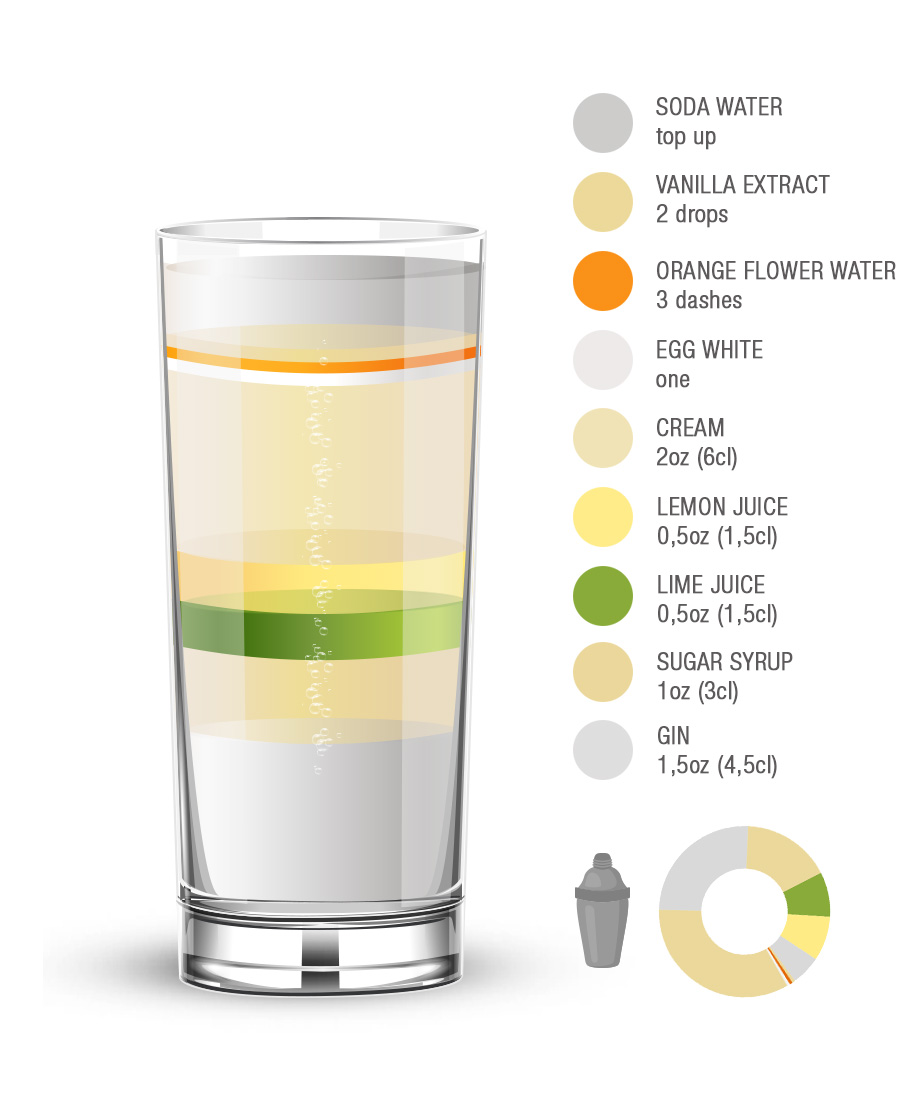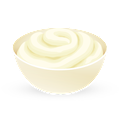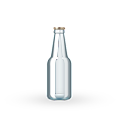TABLE OF CONTENTS
Best Southern American Cocktail Types
MAIN INGREDIENTS
Ramos Gin Fizz is an American cocktail made with a combination of gin, sugar syrup, lime juice, lemon juice, cream, egg whites, orange flower water, vanilla extract, and soda water. All ingredients except soda are poured in a mixing glass and dry shaken without ice for 2 minutes.
Ice is then added to the combination, and the cocktail is hard shaken for an additional minute. The cocktail should be strained into a highball glass without ice, then topped with soda. Due to the fact that vigorous shaking is required to reach the right texture, Ramos Gin Fizz is loathed by many bartenders.
MAIN INGREDIENTS
Known as the specialty drink of New Orleans, where it was invented in 1887 as the first beverage in the fizz family, Gin Fizz is a cocktail made with gin, Gomme syrup or sugar, lemon juice, and soda water. The cocktail is prepared by shaking gin, lemon juice, and sweet syrup with ice.
When strained in a glass, it is topped with sparkling water which provides it with a bubbly effect, hence the fizz in its name. The drink is very similar to Tom Collins, a cocktail that is traditionally made with a slightly sweeter gin called Old Tom.
VARIATIONS OF Gin Fizz
MAIN INGREDIENTS
Frozen daiquiri is a variation of a classic shaken daiquiri, which typically incorporates rum, fresh lime juice, and sugar. This frozen version is mostly blended and usually includes pulverized ice and frozen fruit to mix, creating a sweet slurry with a texture similar to a slushie.
Frozen daiquiris probably first appeared at the legendary El Floridita in Havana, sometime around the time of Prohibition. They were initially made with crushed ice and electric blenders, but their popularity skyrocketed in the second half of the 20th century after the invention of commercial machines.
Mint Julep is a cocktail that originated in the 18th century in Kentucky, and it is widely consumed throughout the American South. It contains bourbon, sugar syrup, water, crushed ice, and fresh mint leaves (usually spearmint). In the 18th century, Mint Julep was originally prescribed for stomach-aches, while bourbon was sometimes replaced with aged gin.
However, since 1938, it is associated with the Kentucky Derby as an official drink. The drink is prepared by muddling fresh mint with sugar and crushed ice until the mint releases its essential oils, and the cocktail is then topped with bourbon and water.
MAIN INGREDIENTS
As the name suggests, Old-Fashioned is a very old cocktail made with bourbon or whiskey, fine sugar or a sugar cube, Angostura bitters, Maraschino cherries, orange slices, and a splash of club soda or water. The cocktail is prepared by muddling the bitters, sugar, cherries, an orange slice, and soda or water in an old-fashioned glass.
After the fruit husks are removed, bourbon and ice are added to the combination, and the whole thing is stirred, then garnished with a cherry and an orange slice. It is believed that the first Old-Fashioned was created at the Pendennis Club in Louisville, when it was made with whiskey, bitters, water, ice, and a sugar cube.
VARIATIONS OF Old-Fashioned
MAIN INGREDIENTS
Hurricane is a sweet cocktail originating from New Orleans. It is prepared with a combination of rum, lemon juice, and passion fruit syrup. In order to prepare it, all ingredients are shaken with ice, then strained into a glass filled with ice.
The cocktail can be served in a hurricane glass, but it is more commonly served in plastic cups because drinking out of glass containers in public is prohibited in the city. It is believed that Hurricane was invented at Pat O’Brien’s on Bourbon Street in New Orleans.
MAIN INGREDIENTS
Vieux Carré was invented in New Orleans sometime in the 1930s. It is made with rye whiskey, Cognac, sweet vermouth, Benedictine (French herbal liqueur), Angostura bitters, and Peychaud's bitters. The ingredients are mixed in a mixing glass filled with ice.
The combination is then strained into an old-fashioned glass filled with ice. The cocktail is traditionally garnished with a maraschino cherry and a lemon or an orange twist. Vieux Carré was first mixed by Walter Bergeron, a bartender at the Carousel bar located at Monteleone.
MAIN INGREDIENTS
Ranch Water is a light tequila cocktail hailing from Texas. It incorporates tequila, lime juice, and sparkling mineral water—preferably Topo Chico, which is ubiquitous in Texas. Some variations also opt for a splash of orange liqueur.
This Texan cocktail has a long and rather vague history. Presumably, it has a decades-long tradition, but its popularity skyrocketed in the last ten years, surpassing the borders of its native state. It most likely originated among local ranchers, who enjoyed it as a refreshing afternoon drink.
MAIN INGREDIENTS
Grasshopper is a sweet, minty cocktail characterized by its green color. It is made with a combination of equal parts crème de cacao, crème de menthe, and fresh cream. The ingredients are shaken with ice, then strained into a chilled cocktail glass.
It is believed that the cocktail was invented by Philibert Guichet in New York City at a cocktail competition. After winning the second prize, Guichet proudly brought the drink back home to New Orleans. During the 1950s and 1960s, Grasshopper gained popularity throughout the American South, and today, due to its sugary kick, it is often the cocktail of choice among teenagers who are still learning how to drink.
Rum Runner is an old cocktail dating back to the 1950s. It is a rum-based concoction that is often tweaked with other ingredients. The classic version combines rum, orange and pineapple juice, banana liqueur, grenadine, and blackberry liqueur.
To make the cocktail, all the ingredients are shaken with ice. The mix is then strained into a glass filled with fresh crushed ice. Rum Runners is usually served in a hurricane glass garnished with a pineapple wedge. Optionally, orange wheel or other fruit can be used as a decoration.
TasteAtlas food rankings are based on the ratings of the TasteAtlas audience, with a series of mechanisms that recognize real users and that ignore bot, nationalist or local patriotic ratings, and give additional value to the ratings of users that the system recognizes as knowledgeable. TasteAtlas Rankings should not be seen as the final global conclusion about food. Their purpose is to promote excellent local foods, instill pride in traditional dishes, and arouse curiosity about dishes you haven’t tried.



































